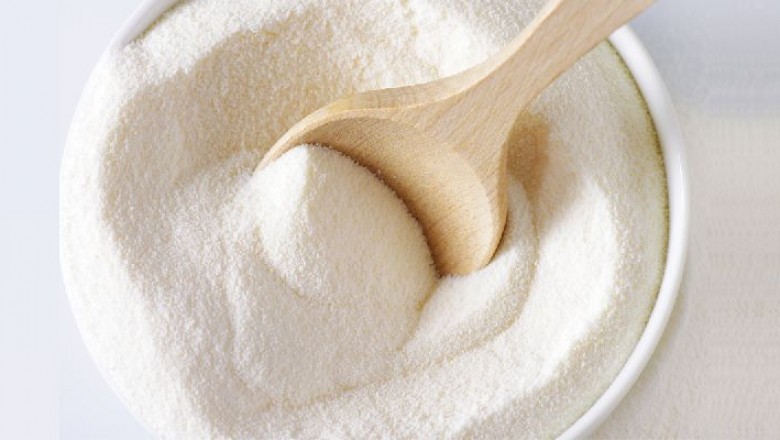views

Caseinand Caseinate is the most abundantprotein in milk. It is the cause of milk's white, opaque look. Micelles areformed when it is mixed with calcium and phosphorus. Casein was predominantlyemployed in nonfood technical applications until the 1960s, such as woodadhesives, paper coating, leather finishing, synthetic fibres, and plastics.However, in the last 30–35 years, casein has primarily been used in foodapplications to improve the physical features of the food, such as whipping andfoaming, water binding and thickening, emulsification, and texture. Casein alsoboosts the nutritional value of a dish.
Casein, like albumin and gelatin, is a lyophilic colloid. AtpH 4.6, where its solubility in water is only 0.01 percent, it is isoelectric.Casein is amphoteric, forming moderately soluble salts such casein chloridebelow pH 4.6 and salts with bases above pH 4.6. Calcium caseinate, otheralkaline earth salts, and heavy metal salts are practically insoluble, whereassodium caseinate and other alkali salts are soluble indefinitely. Whencaseinates are slowly coagulated from concentrated solutions, they readily formgels. With casein, formaldehyde creates an insoluble compound. In most organicsolvents, casein is insoluble. Paracasein is less lyophilic than casein butotherwise equivalent Readmore












